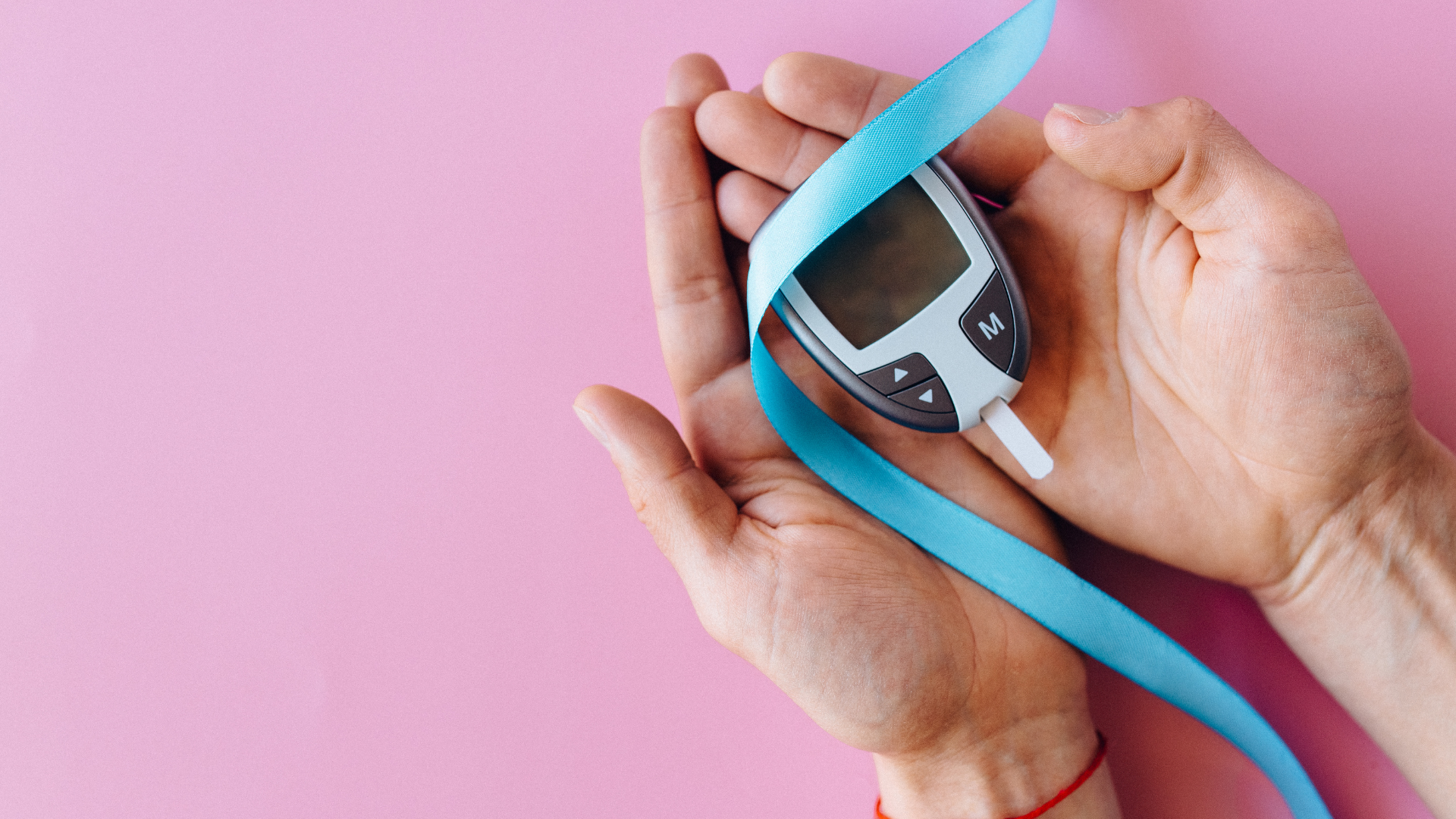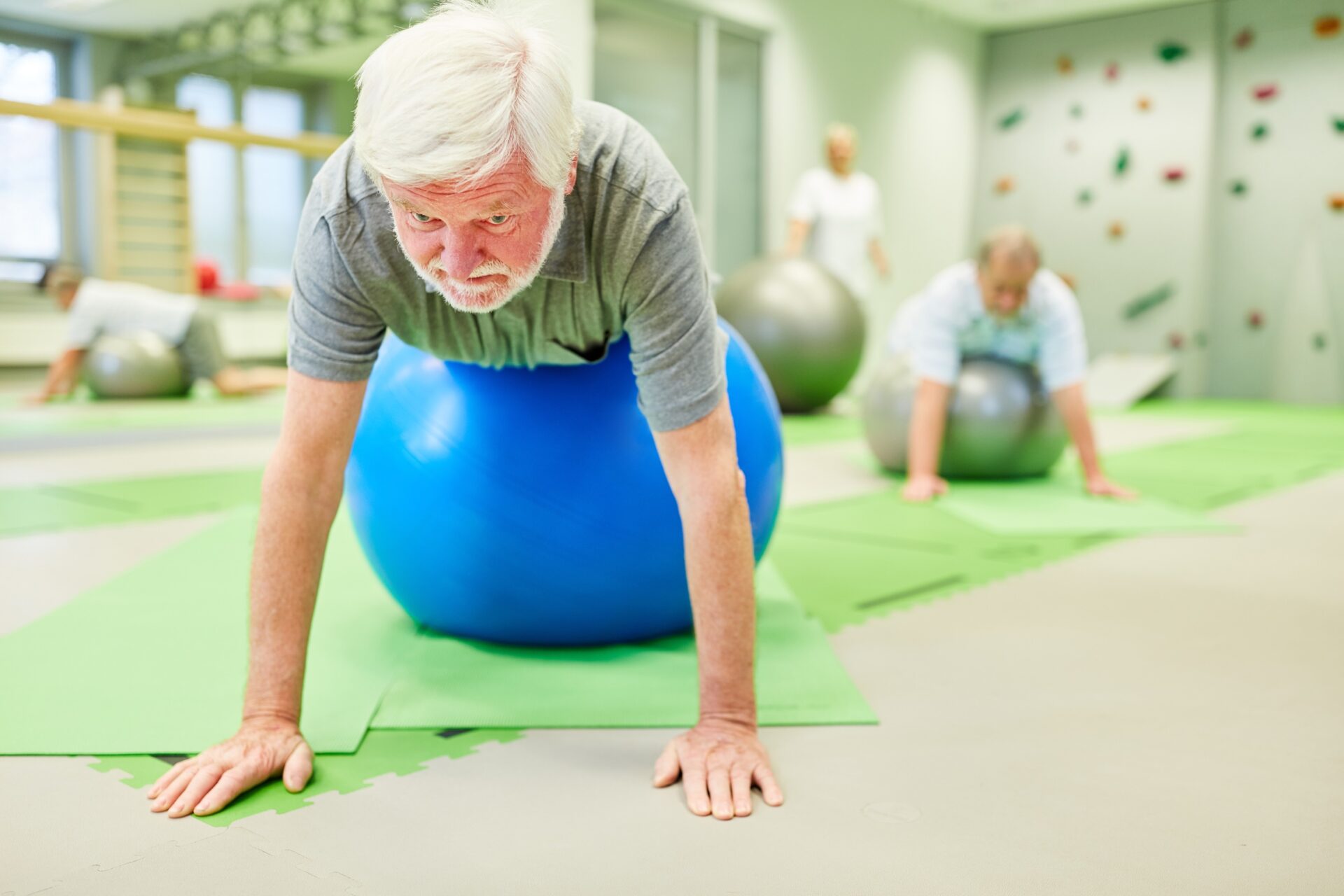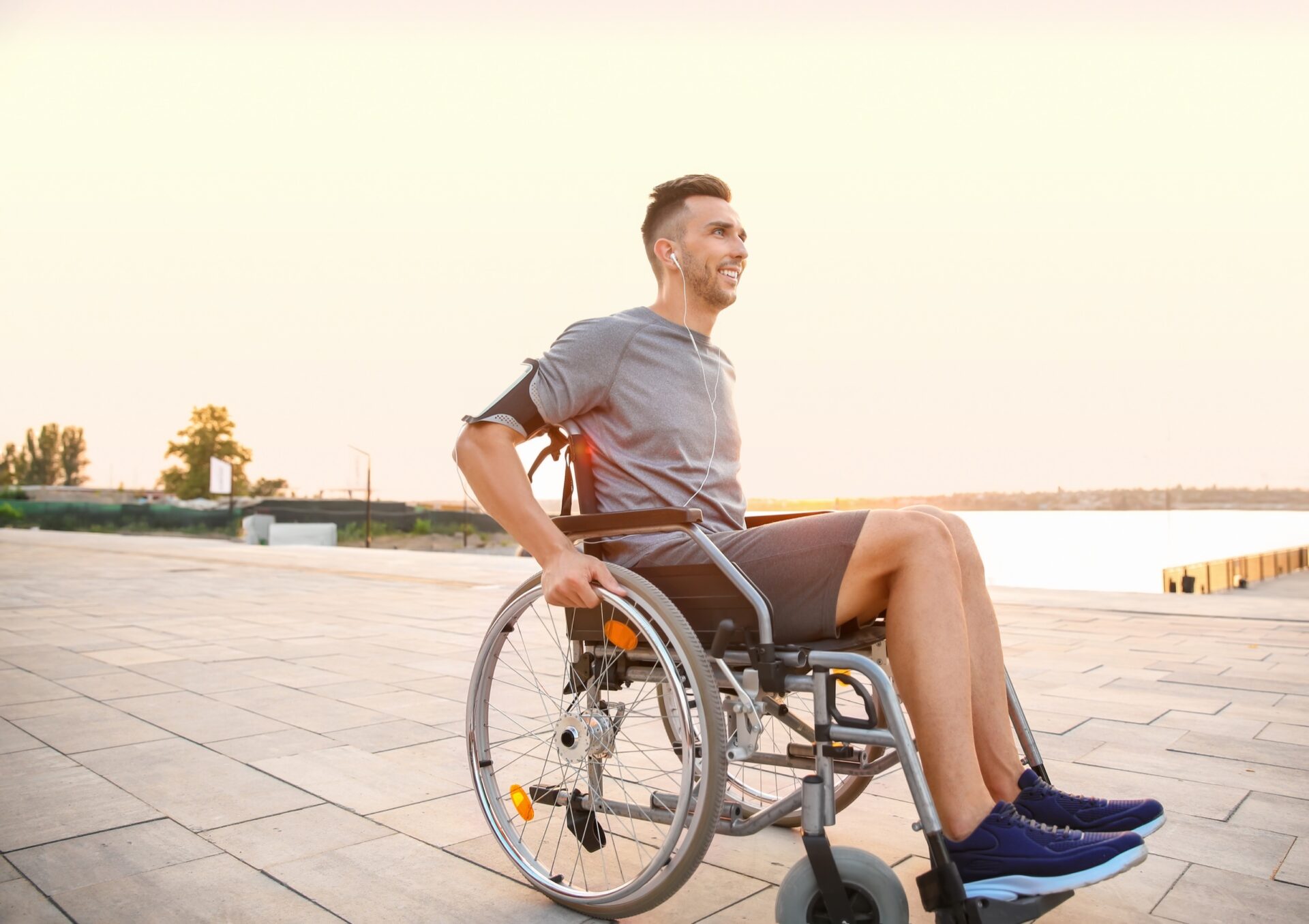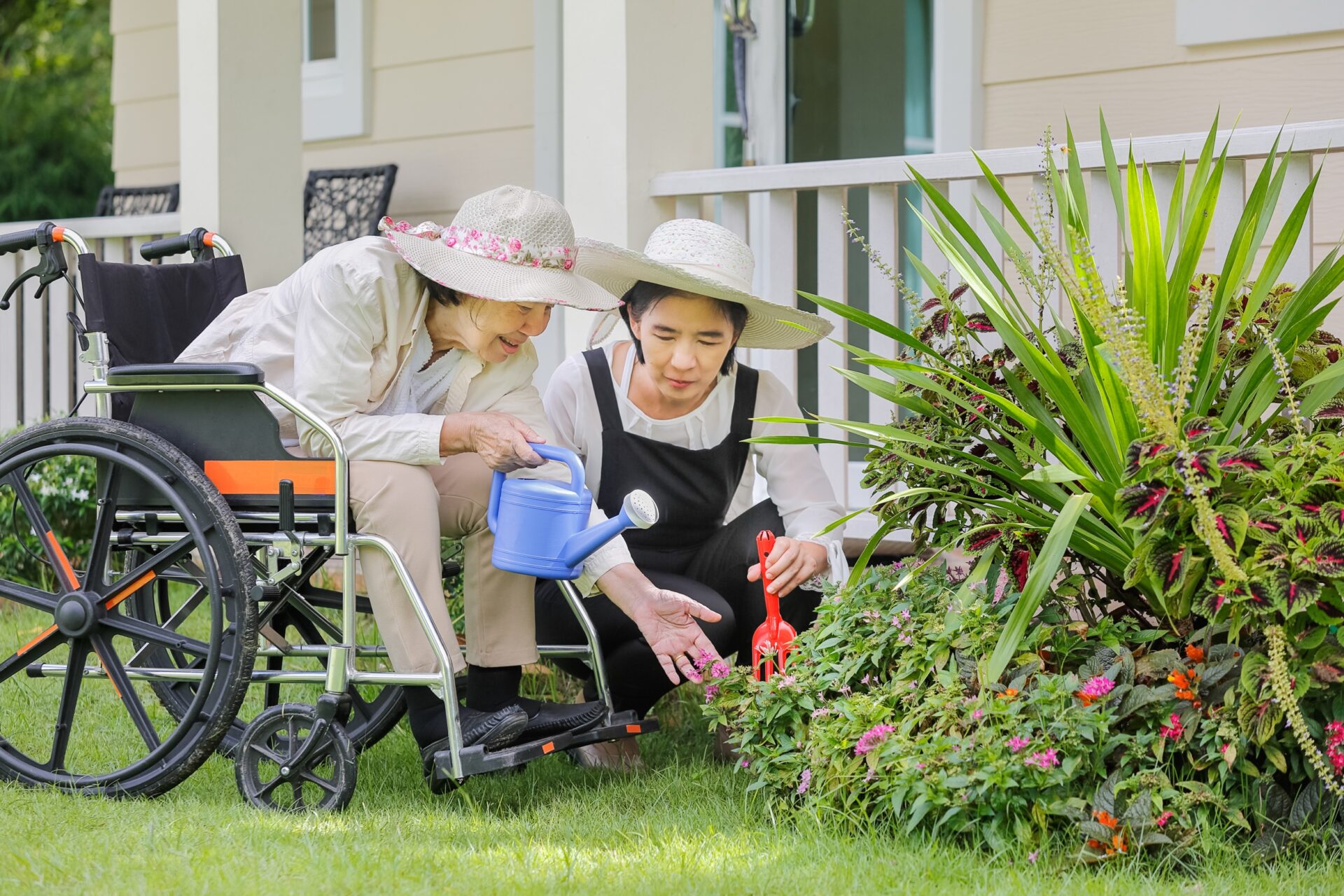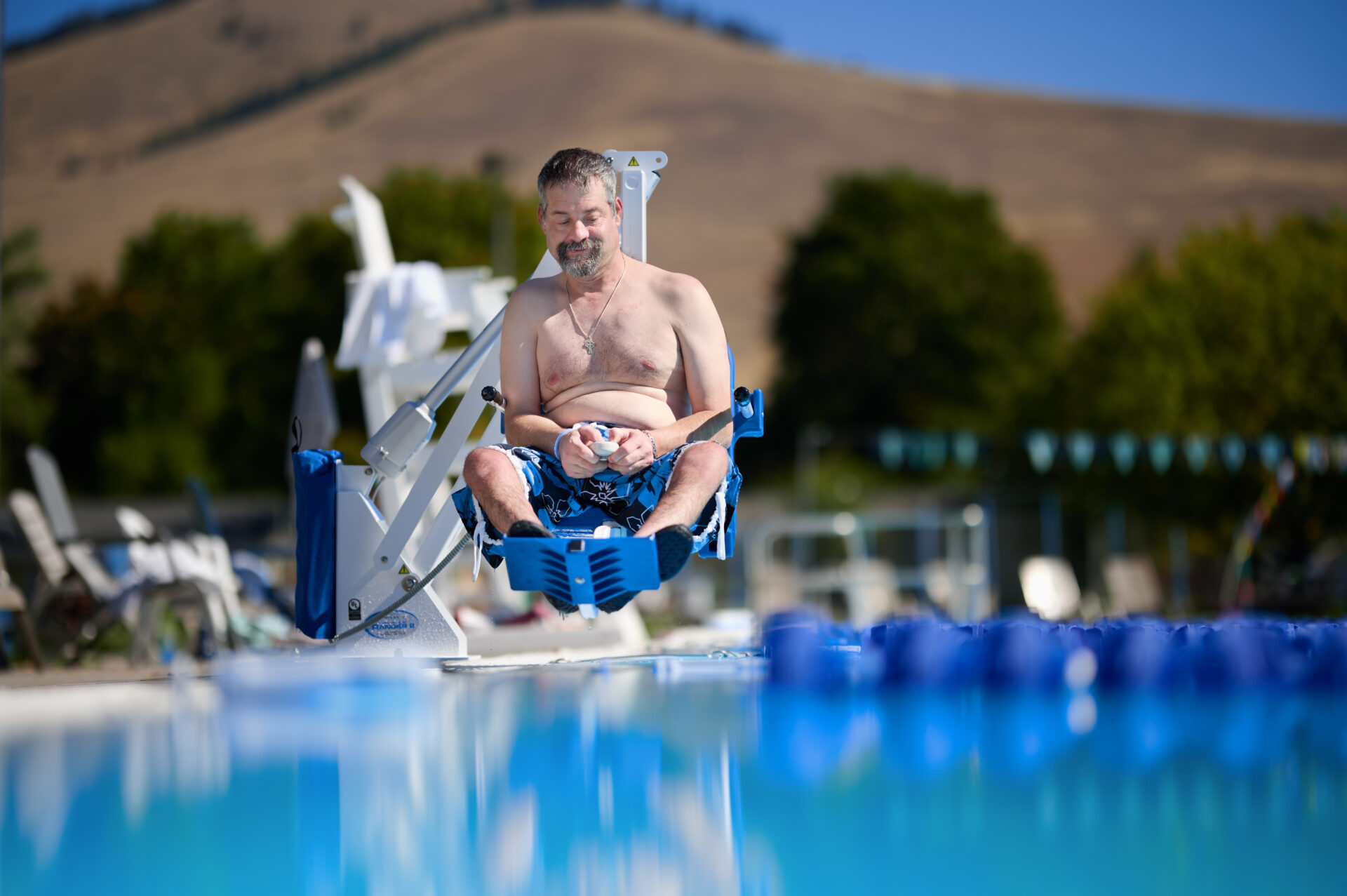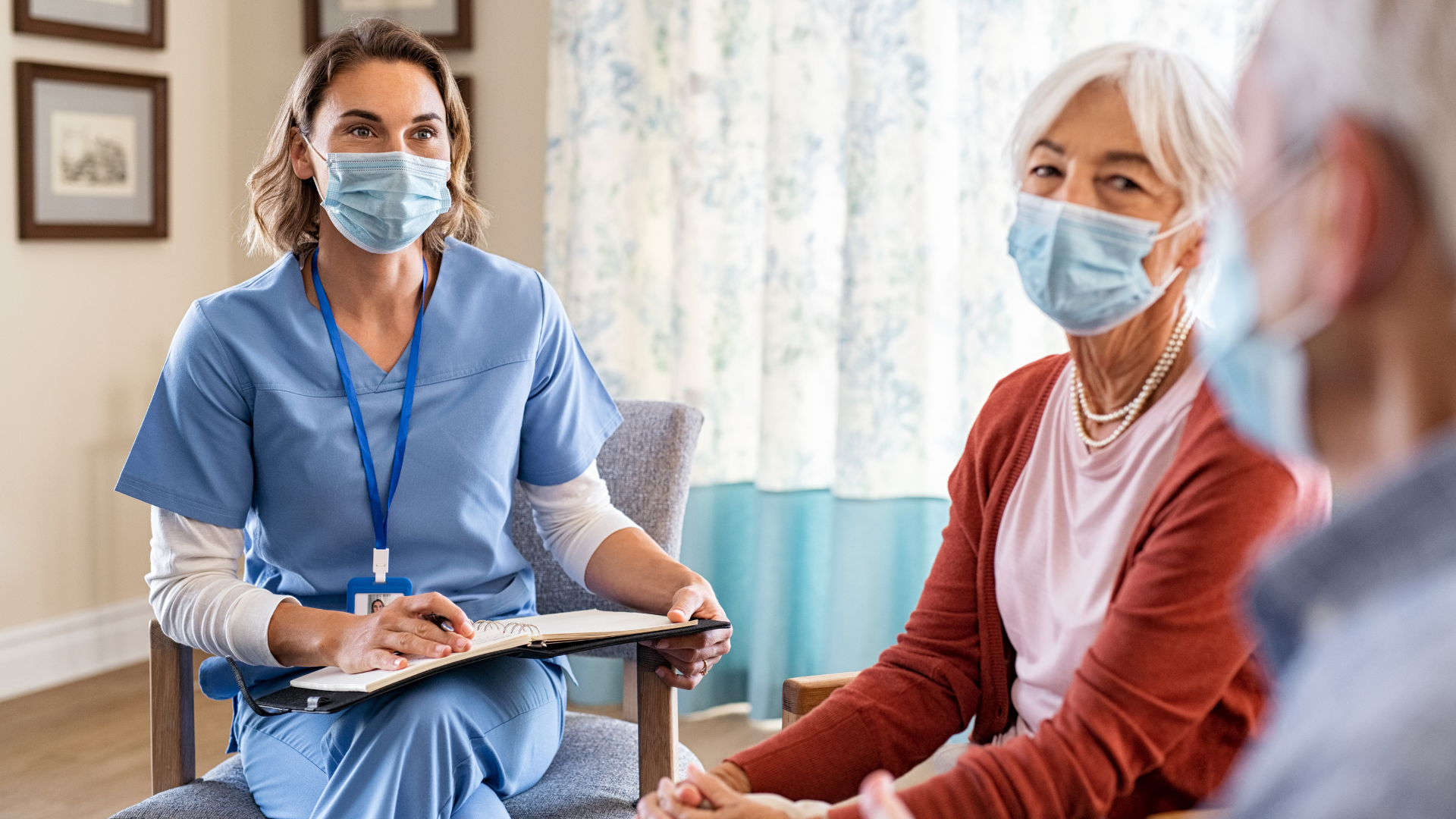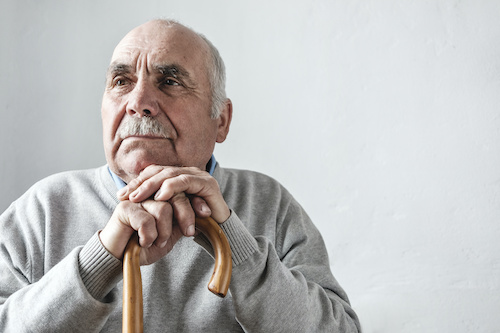According to the Centers for Disease Control (CDC), over 130 million people in the United States have diabetes or are pre-diabetic. Nearly 50% of adults over the age of 65 are pre-diabetic. If you are a caregiver, there is a chance you are helping manage diabetes in aging adults or needing to learn about pre-diabetes.
If it is not controlled, long-term complications can include:
- Nerve Damage
- Stroke
- Blindness
- Hearing Impairment
- Heart Attack
- Kidney Failure
- Need for Amputation
- Skin Infections
We have made an essential checklist for caregivers supporting someone with diabetes. This checklist will hopefully give them a better quality of life by leading a healthier lifestyle.
5 Ways to Help Manage Diabetes in Aging Adults
Learn about Diabetes
To ensure you give the best care it is important you educate yourself on diabetes. So, what is diabetes?
According to the World Health Organization, “Diabetes is a chronic, metabolic disease characterized by elevated levels of blood glucose (or blood sugar) which leads over time to serious damage to the heart, blood vessels, eyes, kidneys, and nerves.”.
There are three types of diabetes:
Type 1 – Where the pancreas produces little to no insulin.
Type 2 – Affects the way the body processes blood sugar.
Pre-diabetes – A condition in which blood sugar is high, yet not high enough to be classified as Type 2 diabetes.
For more information on diabetes, visit these online resources, American Diabetes Association or Mayo Clinic.
Help Aging Adults with Exercise
Being physically active helps keep blood sugar levels down and aids in weight loss. However, it’s important to know the best time to exercise. If the blood sugar is low, it could be dangerous to exercise. It is best after a meal, when blood sugar levels are generally higher.
Determine Stress Relieving Techniques
Blood sugar levels rise when a person is agitated, frustrated, and stressed. People that do not have diabetes have a fight or flight mechanism when stress increases. This mechanism does not work for people with diabetes—instead, their blood sugar spikes. Teach your aging loved one positive stress relieving techniques such as yoga and meditation.
Ensure the Aging Adult has a Medical ID
With diabetes, you can have diabetic emergencies at any time. These emergencies include fainting from low blood sugar, going into shock from diabetic ketoacidosis, or even developing a wound that turns into a severe infection.
When you cannot be with your loved one a Medical ID tag can be a helpful tool for anyone coming to your loved one’s aid. You could also consider purchasing a medical alert piece of jewelry that sends a message to 911 with the push of a button.
Help with Self-Monitoring
There are at-home blood sugar monitors that track accurate blood glucose levels. Teach them how to use this device properly and record how their diet, physical activity, and stress are being controlled over time.
There are support groups available for caregivers of aging adults with diabetes. At Next Day Access, we are also here to lend a hand. We offer accessibility devices like grab bars and handles or mobility equipment such as wheelchairs and scooters.
Sometimes your loved one will feel weak as they battle diabetes, and we have solutions to help them in those times. Don’t hesitate to contact your nearest Next Day Access if you have questions about our products and services.





